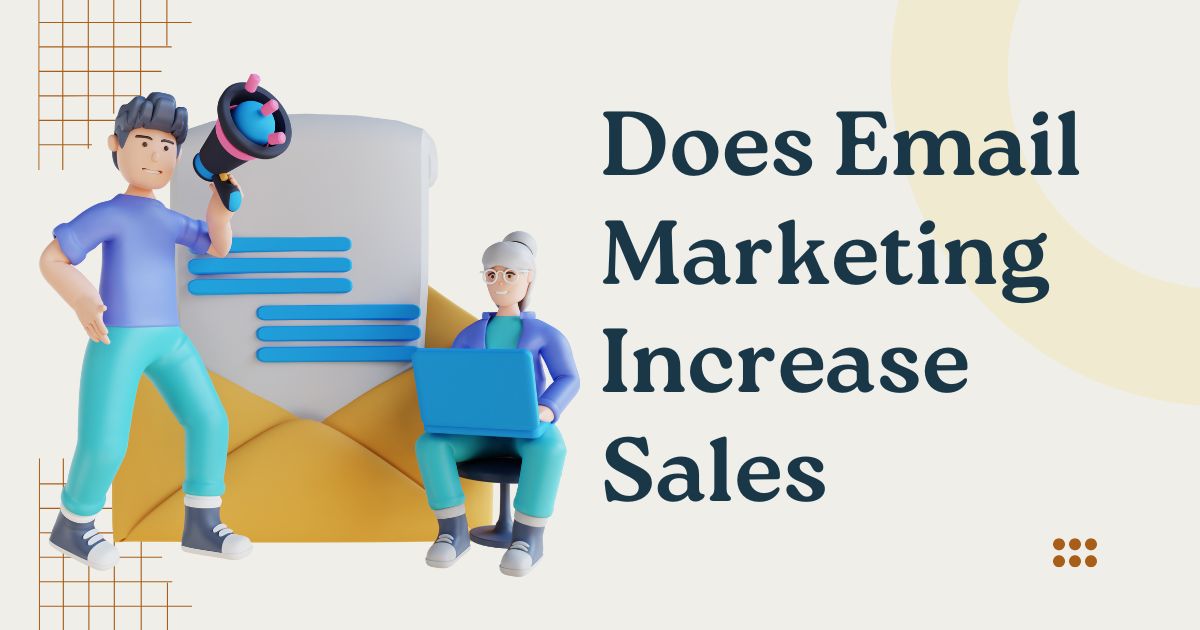
Email marketing remains one of the most powerful tools in a marketer’s arsenal, but many business owners still question its effectiveness. With social media platforms dominating conversations about digital marketing, email might seem outdated or less impactful than newer channels.
The truth is far different. Email marketing delivers exceptional returns when executed properly, often outperforming other marketing channels in terms of revenue generation and customer engagement. This comprehensive guide examines how email marketing drives sales growth, backed by data and proven strategies you can implement immediately.
Whether you’re a small business owner exploring marketing options or a seasoned marketer looking to optimize your email campaigns, understanding the sales impact of email marketing will help you make informed decisions about your marketing budget and strategy.
The Numbers Don’t Lie: Email Marketing ROI Statistics
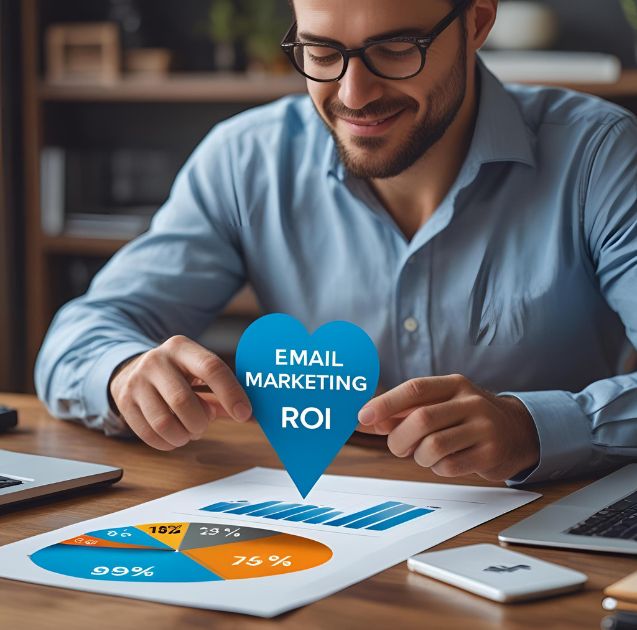
Email marketing consistently delivers impressive returns on investment. For every dollar spent on email marketing, businesses see an average return of $42, according to recent industry data. This 4,200% ROI significantly outperforms most other marketing channels.
The effectiveness stems from email’s direct nature and personalization capabilities. Unlike social media posts that compete for attention in crowded feeds, emails land directly in subscribers’ inboxes, creating a more intimate communication channel between brands and customers.
Email marketing also boasts higher conversion rates than social media marketing. While social media conversion rates typically hover around 1-2%, email marketing conversion rates average 2-5%, with some well-optimized campaigns achieving rates above 10%.
How Email Marketing Drives Sales Growth
Direct Revenue Generation
Email campaigns generate immediate sales through promotional messages, product announcements, and exclusive offers. Subscribers who receive promotional emails are more likely to make purchases than casual website visitors, as they’ve already expressed interest in your brand by joining your mailing list.
Welcome email series particularly excel at driving early sales. New subscribers are highly engaged and curious about your brand, making them prime candidates for introductory offers and product recommendations.
Customer Retention and Lifetime Value
Email marketing excels at nurturing existing customers, encouraging repeat purchases that significantly impact overall revenue. Regular communication keeps your brand top-of-mind, making customers more likely to choose your products when making purchasing decisions.
Retention-focused email campaigns, such as loyalty programs and personalized product recommendations, increase customer lifetime value. These campaigns cost less than acquiring new customers while generating substantial revenue from your existing customer base.
Cart Abandonment Recovery
Cart abandonment emails represent one of email marketing’s most direct sales impacts. When customers add items to their shopping cart but don’t complete the purchase, automated email sequences can recover 10-15% of these abandoned sales.
These emails work because they address customers at a critical decision point, often providing the gentle nudge needed to complete their purchase. Adding incentives like small discounts or free shipping can further improve recovery rates.
Types of Email Campaigns That Boost Sales
Promotional Campaigns
Sales announcements, limited-time offers, and seasonal promotions drive immediate revenue spikes. These campaigns create urgency and encourage quick action from subscribers who might otherwise delay their purchases.
Successful promotional campaigns balance frequency with value. Too many sales emails can lead to unsubscribes, while too few miss opportunities to capitalize on subscriber interest.
Product Recommendation Emails
Personalized product recommendations based on browsing history, purchase behavior, or customer preferences generate significant sales. These emails feel less salesy while providing genuine value to recipients.
AI-powered recommendation engines can analyze customer data to suggest products with high purchase probability, improving both relevance and conversion rates.
Behavioral Trigger Campaigns
Automated emails triggered by specific customer actions create timely, relevant touchpoints that drive sales. Examples include browse abandonment emails, post-purchase follow-ups, and re-engagement campaigns for inactive subscribers.
These campaigns feel natural and helpful rather than pushy, building trust while encouraging purchases.
Measuring Email Marketing’s Sales Impact
Direct Attribution Metrics
Track revenue directly attributed to email campaigns through unique promotional codes, dedicated landing pages, and email-specific UTM parameters. These methods provide clear connections between email sends and resulting sales.
Monitor metrics like revenue per email, conversion rates, and average order value to understand your campaigns’ financial impact.
Customer Journey Analysis
Email marketing often influences sales indirectly by nurturing leads and maintaining brand awareness. Use multi-touch attribution models to understand how email interactions contribute to eventual purchases.
Track metrics like time from email signup to first purchase, and analyze how email engagement correlates with customer lifetime value.
Long-term Revenue Trends
Compare revenue trends before and after implementing email marketing programs. Look for improvements in customer retention rates, repeat purchase frequency, and overall customer lifetime value.
Segment analysis can reveal how email subscribers perform compared to non-subscribers in terms of purchase behavior and brand loyalty.
Best Practices for Sales-Driven Email Marketing
Segmentation and Personalization
Divide your email list into segments based on demographics, purchase history, engagement levels, and preferences. Personalized emails generate significantly higher open rates and conversions than generic broadcasts.
Use customer data to create targeted campaigns that address specific needs and interests. Personalization goes beyond using someone’s name—it involves tailoring content, timing, and offers to individual preferences.
Compelling Subject Lines and Content
Your subject line determines whether recipients open your email, making it crucial for campaign success. Test different approaches, including urgency, curiosity, and benefit-focused lines.
Email content should provide clear value while guiding readers toward desired actions. Use scannable formatting, compelling calls-to-action, and mobile-optimized designs to improve engagement.
Optimal Timing and Frequency
Test sending times to identify when your audience is most likely to engage with emails. Consider time zones, work schedules, and industry-specific factors when scheduling campaigns.
Balance frequency to maintain subscriber interest without causing email fatigue. Monitor unsubscribe rates and engagement metrics to find the sweet spot for your audience.
Common Email Marketing Mistakes That Hurt Sales
Poor List Building Practices
Purchasing email lists or using deceptive signup methods creates disengaged audiences that rarely convert. Focus on organic list growth through valuable lead magnets and transparent signup processes.
Quality matters more than quantity when building email lists. A smaller list of engaged subscribers will outperform a large list of uninterested recipients.
Lack of Mobile Optimization
Most emails are opened on mobile devices, making mobile optimization essential for sales success. Emails that don’t display properly on smartphones and tablets miss significant conversion opportunities.
Test emails across various devices and email clients to ensure consistent, user-friendly experiences.
Generic, Untargeted Content
One-size-fits-all email content fails to resonate with diverse subscriber segments. Generic messages feel impersonal and often end up in spam folders or trash bins.
Invest time in creating targeted content that addresses specific subscriber needs and interests.
Getting Started: Your Email Marketing Action Plan
Begin by choosing an email marketing platform that offers automation capabilities, detailed analytics, and integration with your e-commerce system. Popular options include Mailchimp, Klaviyo, and ConvertKit.
Create a lead magnet—such as a discount code, free guide, or exclusive content—to encourage email signups. Place signup forms strategically on your website, including exit-intent popups and embedded forms in relevant content.
Develop a welcome email series that introduces new subscribers to your brand, sets expectations, and includes a special offer to encourage first purchases. This series often generates the highest engagement and conversion rates.
Set up basic automation sequences for cart abandonment, post-purchase follow-ups, and re-engagement campaigns. These automated touchpoints work continuously to drive sales without requiring constant manual effort.
Transform Your Sales with Strategic Email Marketing
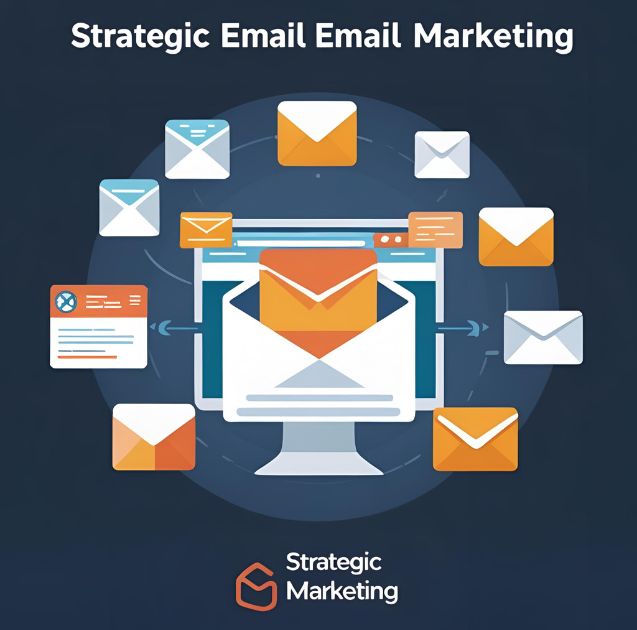
Email marketing remains one of the most effective ways to increase sales and build lasting customer relationships. The direct communication channel, combined with personalization capabilities and measurable results, makes email an essential component of any successful marketing strategy.
Success requires more than simply sending promotional messages. Focus on providing value, building relationships, and creating targeted campaigns that address specific customer needs. Start with basic automation and gradually expand your email marketing efforts as you learn what resonates with your audience.
Ready to harness email marketing’s sales potential? Begin by implementing one or two of the strategies discussed in this guide, then expand your efforts based on the results you achieve.




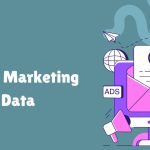
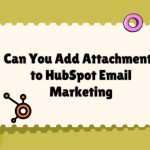

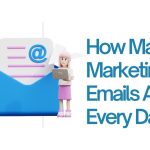

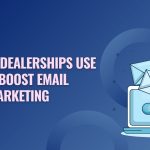




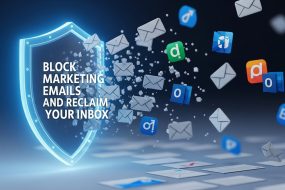
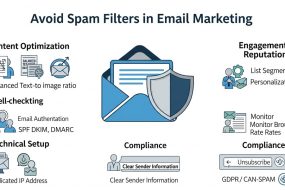
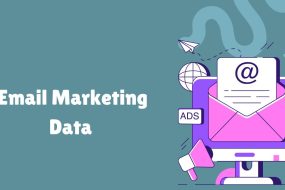
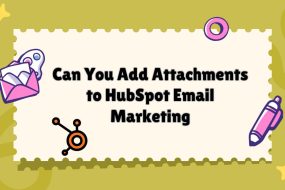
No Comments